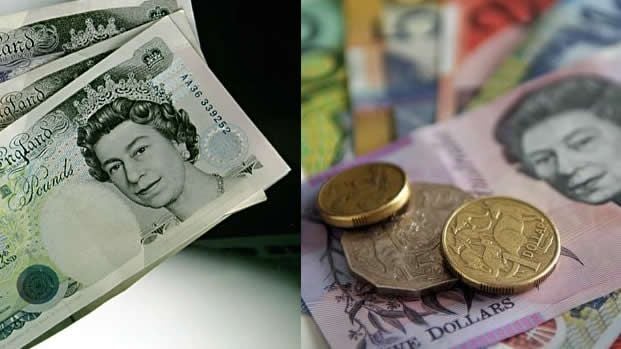RBA's Lowe Comfortable with Australian Dollar's Levels, but Warns Interest Rates to Stay Lower-for-Longer
- Written by: James Skinner

RBA Governor Lowe offer a mixed-bag for the Aussie Dollar in an address delivered in Brisbane signalling comfort with current levels but warning Australian interest rates will stay lower-for-longer.
Reserve Bank of Australia Governor Philip Lowe has said Australia's future equilibrium rate of interest will be lower than in prior years thanks to a turn in the commodity super cycle.
At a dinner in Brisbane, Australia, just after the RBA announced its decision to leave the cash rate unchanged at 1.50% for the 13th month, Lowe told the audience that rate-setters have recently discussed the likely future equilibrium rate of interest for the Australian economy.
“The main conclusion from that discussion was that, in future, it was likely that the average level of the cash rate would be lower than it was before the financial crisis,” Lowe says, “this reflects slower trend growth in the economy and a shift in the balance between savings and investment.”
The RBA governor said that equilibrium rate is around 2% above the current cash rate, implying a view among policy makers that the future equilibrium rate is probably around 3.5%.
This is the rate at which the RBA believes its policy will be neither expansionary nor contractionary.
The Australian Dollar has been a multi-year outperformer on global foreign exchange markets thanks to Australia's superior interest rates relative to other major nations.
The high yield that results from these high rates has long attracted notable inflows of investor capital which in turn keeps the Aussie Dollar bid.
Suggestions that this interest rate superiority is ultimately to fade therefore ultimately removes a key pillar of strength for the currency.
The Australian Dollar was undeterred by Lowe’s comments, instead continuing the session's advance against the majors, as well as the remainder of the G10 basket thanks to the RBA's relatively upbeat assessment of the economy, delivered hours earlier.
The Australian Dollar to British Pound rate rose 0.08% to 0.6150, making for a Pound to Australian Dollar rate of around 1.6255 on the interbank market.
Sterling has stabilised against the Aussie Dollar since mid-August with support seen lying in the 1.62 region.
Get up to 5% more foreign exchange by using a specialist provider by getting closer to the real market rate and avoid the gaping spreads charged by your bank for international payments. Learn more here.
Comfortable with Australian Dollar's Levels
Perhaps the Aussie Dollar was flat on Lowe's comments on interest rates owing to his acceptance of current valuations of the currency.
Lowe noted the Queensland region of Australia was showing signs of a tentative recovery in the wake of the mining investment boom having burst, but that it this could be hampered if the Australian Dollar were to strengthen further.
“The lower exchange rate is helping, particularly in the tourism, education and rural industries. An appreciating exchange rate would not be helpful from this perspective,” the governor says.
Some economists and strategists had pondered the RBA’s likely view of the Australian Dollar given its strong run in the year to date, which has been driven by a recovery of key commodity prices and the continued stability of the Chinese economy.
But the market’s interpretation of the RBA’s stance on the Aussie, in the immediate aftermath of Tuesday’s rate decision, suggested ambivalence on the part of policy makers.
“In comparison to the RBNZ which recently stepped up verbal intervention, the RBA does not appear as concerned by domestic currency strength,” wrote MUFG analyst Lee Hardman, in a morning note.
Lowe’s comments come at a formative time for Bank of England monetary policy, as well as for the UK economy.
The fall in the value of Sterling since the Brexit referendum has pushed up inflation, leading some policy makers and economists to begin calling for rate hikes, while the economy has shown signs of slowing in recent months - which makes tightening monetary policy difficult.
Pound Sterling Live reported on the latest volley of UK economic data Tuesday, which showed growth in the all-important services sector of the economy slowing during August.
This came after Monday’s news of a continued slowdown in the domestic construction industry, reported by Pound Sterling Live.
The only bright spot in recent UK economic data has been the monthly PMI survey of the manufacturing industry, which rose sharply in August, with robust domestic and international demand both playing a role.




